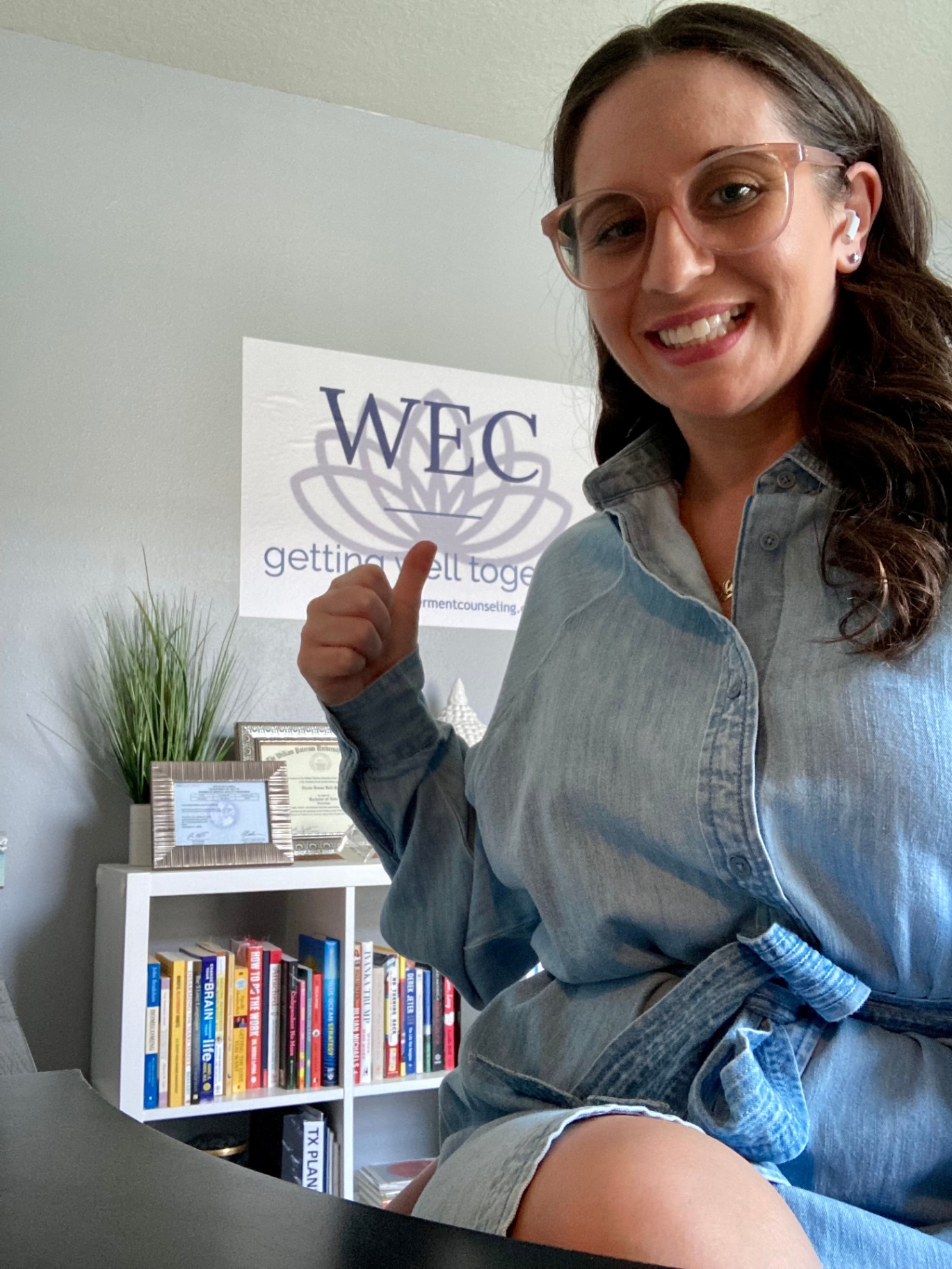Accelerated Resolution Therapy
What is Accelerated Resolution Therapy?
Accelerated Resolution Therapy, often referred to as ART, is an evidence-based practice more commonly known for using bilateral eye movements to treat trauma.
Trauma as a disorder is defined as “failed memory processing”. The brain was unable to process and convert the way the trauma has been stored. Thus, through the use of eye movements, you are able to reprogram how the brain stores traumatic memories, images, and body sensations.
ART is an exposure–based cognitive psychotherapy that provides rapid recovery in a singular session. This approach provides effective relief from the strong physical and emotional reactions associated with post-traumatic stress (PTSD), trauma, anxiety, depression and more.
The best and most unique trait about this trauma therapy approach is that you don’t have to verbally process it! Oftentimes trauma can bring on negative feelings of fear, shame, or guilt, which makes using ART a gentle, less invasive approach to trauma treatment.
More than just trauma therapy!
Accelerated Resolution Therapy is commonly known for treating and dissolving post-trauma stress symptoms, but it can also be used to treat:
- Substance use / addiction
- Eating disorders
- Anxiety / fear / phobias
- OCD
- Depression / Grief
- Sleep problems
- Memory enhancement
- Self-esteem
- Motivation
- & more!
Learn more about ART here!
We invite you to watch the video below from the founder of ART, Laney Rosenzweig, LMFT.
I’m interested in ART. What’s next?
Schedule a complimentary consultation to meet the counselor and explore if ART is right for you!
All ART sessions require the following:
- Initial Assessment
- Recommendation for ART by your counselor
- Signed Informed Consent
Our 3-Tiered Approach to ART
We recommend the following treatment format when using an ART technique, which breaks down into 3 sessions as outlined below-
1. Planning Session: Review Informed Consent, review trauma history, assess present PTS symptoms, and decide on your scene for the ART session. (in-person or Telehealth)
2. ART Session: dissolve your scene and PTS symptoms in the ART session using eye-movement desensitization techniques. (*must be in-person session)
3. Post Session: Reassess PTS symptoms, process repressed memories that may have surfaced after the ART session, and discuss follow up treatment recommendations with your counselor. (in-person or Telehealth)








